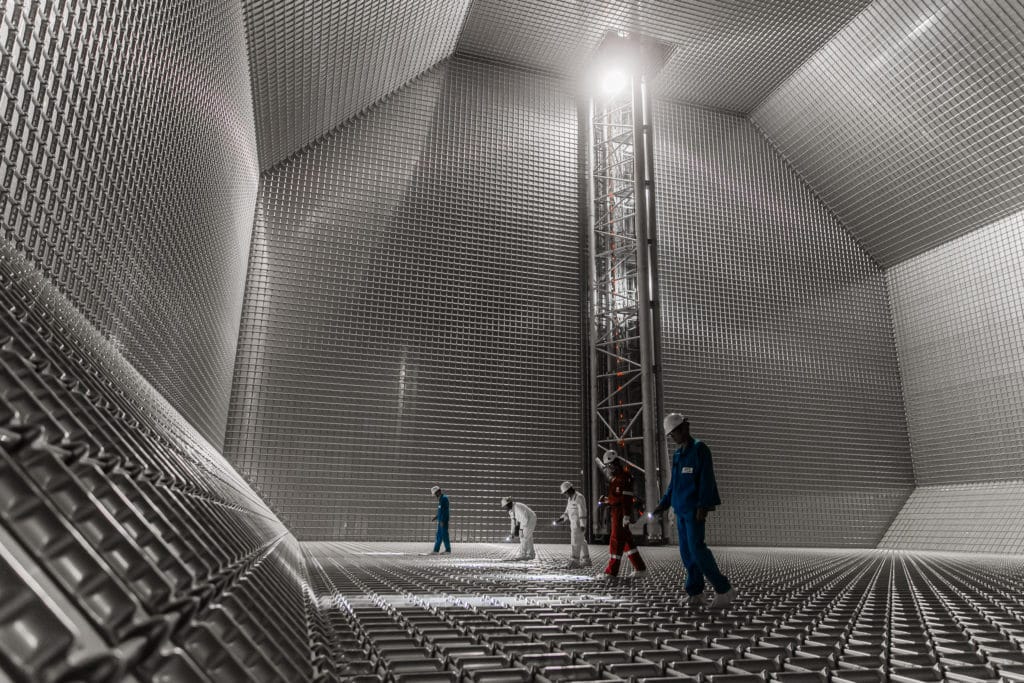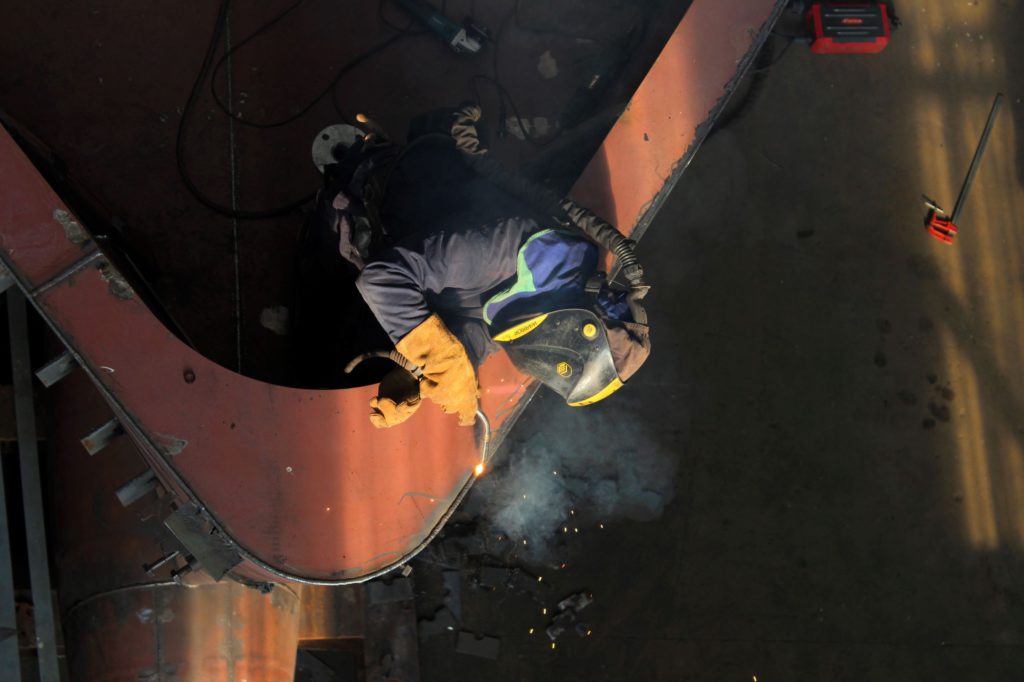The challenges
of the shipbuilding industry
#The internationalization of companies
On the subject of competitiveness, the long-term survival and support of the French shipbuilding industry are major issues for national and European strategic autonomy. In order to combat distortions of competition, the naval industry must benefit from state support to guarantee the sector's productivity. The implementation of an appropriate economic framework, the revitalization of public procurement and retaliatory measures would help to restore a level playing field for the industry and ensure its long-term survival.
Moreover, exports are now essential to the shipbuilding sector, both for shipyards and equipment suppliers. In the case of shipping vessels, the opening up of markets in the 1980s had a considerable impact, in terms of loss of industrial resources and job losses. Distortions of competition are endangering the sector, which is why we are working with national and European authorities.


#Technological development through innovation
The decarbonization challenge is immense, with the drastic reduction of greenhouse gas (GHG) and pollutant emissions required from the shipyard, during ship operation and during dismantling.
What's more, the digital revolution calls for far-reaching architectural transformations, so as to reap the full benefits of automated operation and predictive maintenance. We also need to massively develop ship autonomy and gradually introduce drones (airborne, surface and underwater) at sea. But we must not underestimate the dangers posed by cyber threats.
Another major challenge is the acceleration of technology cycles. This applies not only to platforms, particularly in the face of climate change, but also to equipment. A ship is not only a complex product, but also a highly sophisticated one in functional terms. In both the civil and military sectors, each of these systems requires 5 to 7 changes per platform generation, compared with 1 or 2 thirty years ago.
#The challenge of attractiveness and skills
Like all industrial sectors, the shipbuilding industry is struggling to attract people. The sector suffers from a poor image, due to the redundancies of the 1980s and the closure of certain shipyards. The attractiveness of becoming a senior technician or highly skilled worker is low, even though salaries are well above those in the service sector. Moreover, there are plenty of opportunities for career development and social advancement.
There are more than 30 shortage positions in the shipbuilding industry. What's more, these occupations are shared with other sectors that are themselves under considerable pressure, such as nuclear power, aeronautics and offshore wind energy. The naval sector must therefore succeed in holding its own against more powerful sectors, which raises the question of vocational training and its adaptation to the needs of industry. Specific training cycles, the development of new teaching tools and the transmission of a crew spirit are all necessary to ensure the immediate employability of students.
The feminization of the sector is also seen as a real opportunity, since it would considerably increase the pool of candidates and professionals in the sector. Our professions have evolved enormously, and are perfectly accessible to women, more and more of whom are joining our industry. It's vital not to resign ourselves to the arduous nature of certain professions: innovation, technology and career development all help to improve working conditions.
The shipbuilding industry plans to recruit 30,000 people over the next 10 years, including 10,000 new jobs, with an immediate need for around 1,500 positions to be filled in the sector's various companies.

